 A SWAT team, 500 first responders and 40 crisis responders take part in a mass shooting drill at a popular tourist shopping mall. Chao Phraya River in Bangkok Photo: Anadolu/Matt Hunt
A SWAT team, 500 first responders and 40 crisis responders take part in a mass shooting drill at a popular tourist shopping mall. Chao Phraya River in Bangkok Photo: Anadolu/Matt Hunt
Quietly spoken and dressed in a plaid collared shirt, Aof is hardly a member of a student gang.
“I've shot people more than 10 times, but not I know how many people died,” he told The Telegraph from a juvenile detention center in Bangkok.
He may not know how it happened. he killed many other students, but he remembers every detail of the murder that ultimately landed him in prison at age 17.
It all started with a 9mm Glock pistol pointed at his head.< /p>
He was killed on his way home from after-school study at a college in eastern Bangkok when he ran into rivals.
Aof, who asked to use his nickname to hide his identity, was cornered in a quiet alley and put a gun to his head. The attacker pulled the trigger.
 Aof, a gang member who wished to remain anonymous Photo: Sarah Newey
Aof, a gang member who wished to remain anonymous Photo: Sarah Newey
“ He was out of action, so the bullet did not explode, and I had a chance to escape,” the skinny and shy former electrical engineering student told The Telegraph. “But I remembered the face of the boy who was holding the gun. And I wanted revenge.»
A week later, Aof was riding a friend's motorcycle, driving around the neighborhood looking for the boy who tried to kill him.
When he finally spotted him, he didn't hesitate: he shot his teenager. the victim three times in the back, piercing his heart, lungs and chest. The boy died from his injuries shortly thereafter.
Their feud was based on little more than uniform; Aof didn't even know the teenager's name.
The pair became embroiled in a surge in student gang violence that has devastated the Thai capital, fueled in part by easy access to guns, leading to a string of high-profile shootings and calls for law reform.
< p> “Twenty years ago, [students] used swords, knives or wooden planks, but now they are increasingly using firearms,” said Ticha na Nakorn, director of Baan Kanchanapisek.
 Ticha na Nakorn is the director of Baan Kanchanapisek, a detention center on the outskirts of Bangkok where a fifth of its inmates have been involved in gang violence. Photo: Sarah Newey
Ticha na Nakorn is the director of Baan Kanchanapisek, a detention center on the outskirts of Bangkok where a fifth of its inmates have been involved in gang violence. Photo: Sarah Newey
A progressive juvenile detention center on the outskirts of Bangkok, Baan Kanchanapisek. Aof lived here for three years. According to Ms. Ticha, a fifth of the center's residents were involved in gang violence.
“It has become very, very easy to get weapons here,” she added. “[Students] think being part of a gang is legendary, they think killing is cool.”
Recent incidents include the killing of two people by a teenager in a shooting at an upscale shopping center in October, the death of a teacher caught in gunfire at a bus stop in November, and the killing of a 17-year-old in a drive-by shooting in February.
Getting guns in Thailand is relatively easy, even for teenagers.
Although you must be over 20 years old to obtain an official permit, which costs just five baht (10p), the second-hand gun market is flooded with firearms from military, police and government officials, who do not have to return some of the guns. their guns when they retire.
“They can sell the guns on the black market or even pawn them… and that's how a lot of guns end up in the hands of the general public,” Dr. Boonwara said. Sumano, Head of the Social Development Department, Thailand Development Research Institute.
Some people even make their own weapons. «Homemade Thai-style guns made from materials from motorcycle repair shops, which are widely available,» she added. As a result, the country of 71 million has 10.3, according to a small arms survey. million firearms. Pakistan is the only country in Asia with a higher rate of gun ownership.
“People are increasingly fed up,” Dr. Sumano said.
The police and government did not respond to the request. for comments. Last year, a police spokesman told AFP that «the educational establishment needs to be more responsible» and that gang violence «only affects us if it affects citizens.»
Aof chose the path taken by the majority of his peers: he bought a used one.
Facebook Marketplace
He bought a .38-caliber Smith & Wesson revolver through Facebook and learned to use it during the weekly secret training sessions in college organized by the gang to impart fighting skills from one generation of students to another.
Gang mementos—including jackets, belt buckles, and rings bearing the vocational school logo—were also passed down through generations and used to signify status and performance in “military training” classes. The older the item, the more «sacred» it was considered.
Aof insists the training was purely about survival and self-defense, but admits that fighting was also «pleasant.»
His story is typical of Thailand's teenage gang members, most of whom attend vocational colleges.
 Two men accused of selling guns 14 -The year-old suspected of shooting at the Siam Paragon shopping mall in Bangkok was brought in for questioning at the Yannawa police station in Bangkok. Photo: AFP/LILIAN SUWANRUMFA
Two men accused of selling guns 14 -The year-old suspected of shooting at the Siam Paragon shopping mall in Bangkok was brought in for questioning at the Yannawa police station in Bangkok. Photo: AFP/LILIAN SUWANRUMFA
Aof attended a technical college ten years ago to train as an electrician. He said he joined one of the many gangs at the facility to «blend in» and escape a difficult home life with an alcoholic father. The gang soon felt like a new protective family.
His gang regularly clashed with gangs from nearby technical colleges, and he was happy to join them.
Ms. Ticha, who was dating with Aof during his imprisonment in Baan Kanchanapisek, said that many of the boys involved in violence come from similarly difficult, low-income families.
“The children feel as if they have been pushed out of mainstream life. society and seek recognition from friends — often acting aggressively… to prove they are «brave,» she said.
Dr. Boonwara said Thailand has a problem with using violence to solve problems, pointing to the fact that there have been two military coups in two decades.
“A gun is just a tool. Even if the government wanted to eradicate all guns, if tolerance for violence or beliefs about how strong men should behave still existed, we would still see people killing each other with large knives or other weapons,» she said. she.< /p>
Technical colleges, where students train in trades such as construction or mechanics, are also looked down upon in Thailand's deeply stratified society, adding to the sense of alienation.
“We need to solve the lung problem access to guns, but unless we address social norms and inequalities, it will not solve the problem of gang violence.»
Now 27, Aof is a rare success story.
He is studying music at university and works as a mentor to help other boys in his area stay out of gang violence.
“I just tell them: look at me: I lost two friends. , one became disabled, most of the rest went to prison,» he said.
«I still ask myself, why did we do this? Why did I kill? I don't really have a good answer, but it will stay with me for the rest of my life.»









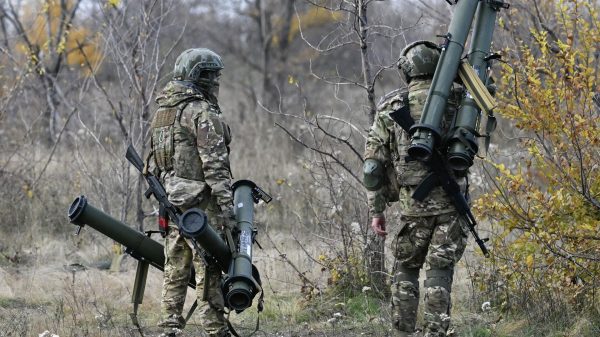
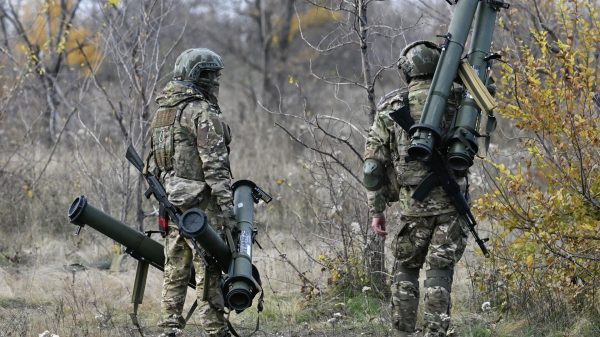








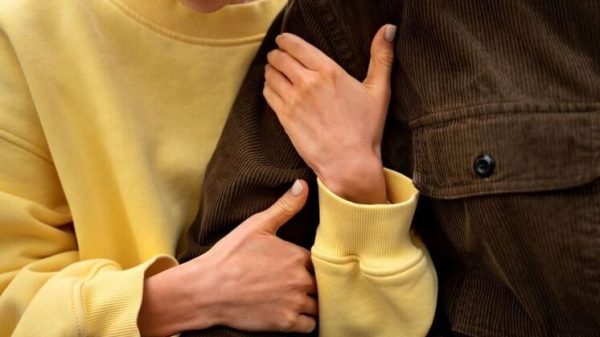
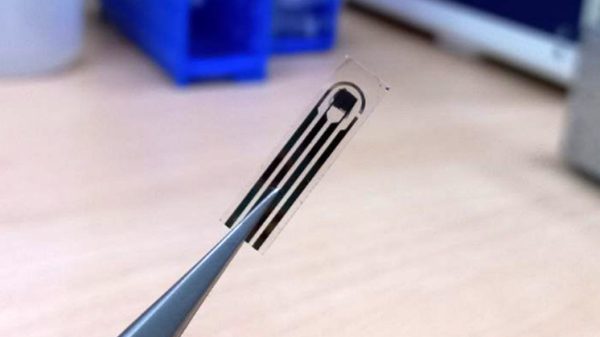

















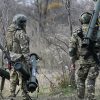
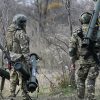
















Свежие комментарии